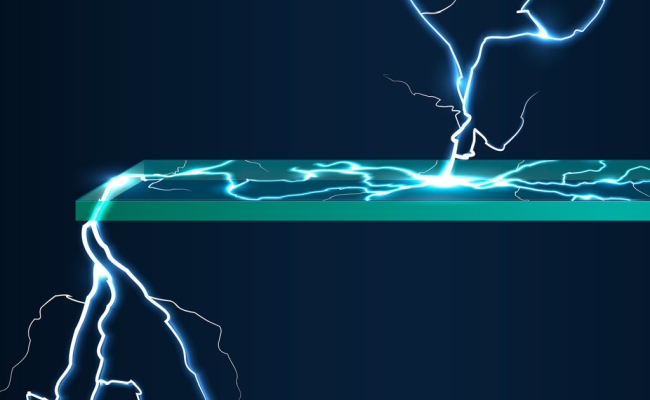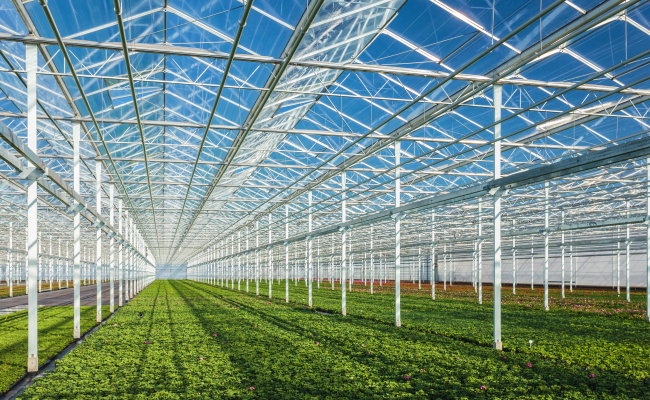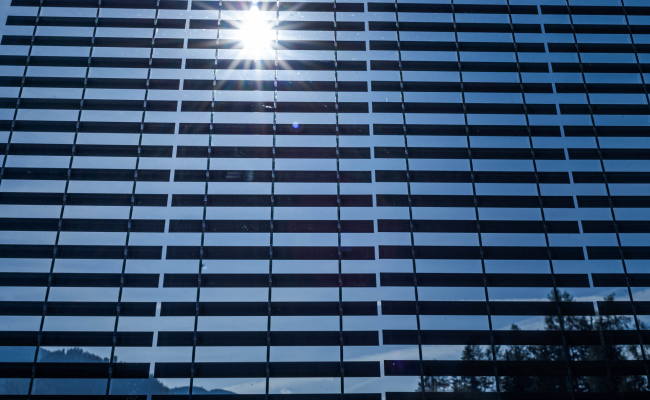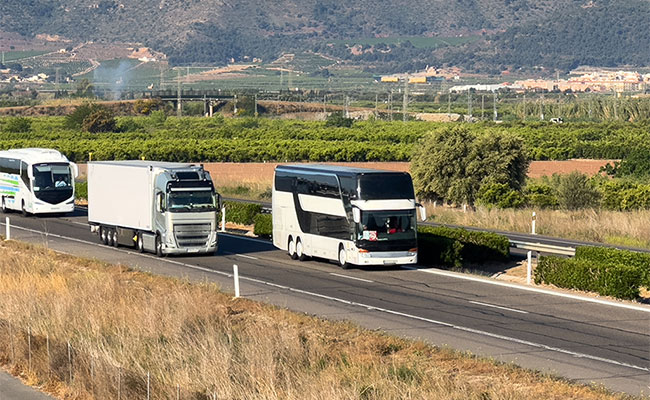Automotive Glass Shaping and Strengthening
Automotive Glass Shaping and Strengthening
There are two basic forms of glass shaping and strengthening for automotive applications, though hybrid processes have more recently been developed.
Automotive Toughening
Toughened glass, or tempered glass as it is sometimes called, is most frequently used in the rear and side windows of vehicles. It is designed to be much stronger than non-safety glass. However, in the case of a breakage, it shatters into very small pieces rather than sharp shards of glass, thereby significantly reducing risk of injury. This is made possible by the toughening process which introduces internal stresses into the glass through a combination of controlled heating to very high temperatures, (>640°C) and differential cooling. The heating cycle is also used to shape or curve the glass, either by allowing the heated glass to 'sag' to a pre-defined mould shape under gravity, or for more complex shapes, by being pressed to shape by male and female moulds.
Toughened glass, or tempered glass as it is sometimes called, is most frequently used in the rear and side windows of vehicles. It is designed to be much stronger than non-safety glass. However, in the case of a breakage, it shatters into very small pieces rather than sharp shards of glass, thereby significantly reducing risk of injury. This is made possible by the toughening process which introduces internal stresses into the glass through a combination of controlled heating to very high temperatures, (>640°C) and differential cooling. The heating cycle is also used to shape or curve the glass, either by allowing the heated glass to 'sag' to a pre-defined mould shape under gravity, or for more complex shapes, by being pressed to shape by male and female moulds.
Automotive Glass Shaping and Strengthening
Automotive Laminating
Lamination is a form of safety glazing where normally two thin glass plies create a sandwich around a polyvinylbutyral (PVB) interlayer. Normally used for a vehicle's windshield, in the case of breakage, the glass is held in place by the interlayer, retaining emergency visibility for the driver. Laminated glazing is also increasingly being specified for car side windows.
Usually the glass plies are shaped (curved) as matched pairs through heating to a temperature of around 620°C. As with tempering, the shape can be achieved through gravity 'sagging' or through press-bending for the more complex shapes. Differential heating to control temperature across the surface of the glass, and hence the resultant degree of bending, is also used for more complex shapes. The shaped glass pairs are then gradually cooled to room temperature before the PVB laminate is sandwiched between them.
At this point the PVB is opaque and only becomes transparent at completion of the lamination process. This involves the removal of any air trapped in the glass sandwich through a mechanical or vacuum squeezing process, followed by the heating of the windshield to 140°C within an autoclave, under a pressure of 10 to 15 kg/cm2, to complete the bonding of the two glass plies.
Increasingly, glazing systems rather than a simple piece of glass are being supplied to the vehicle manufacturers. Much of this value-added activity is undertaken once the glass has been laminated or tempered.






























